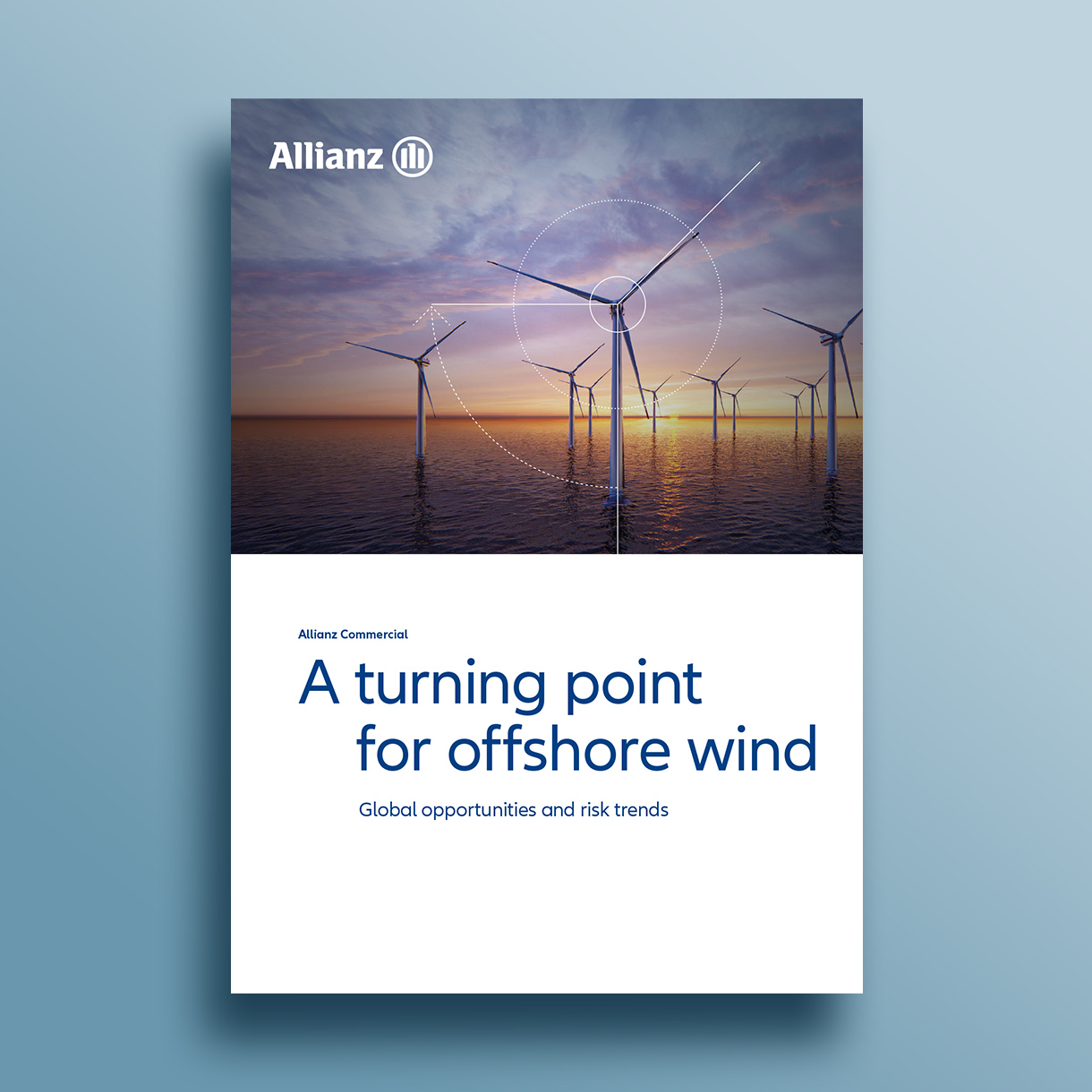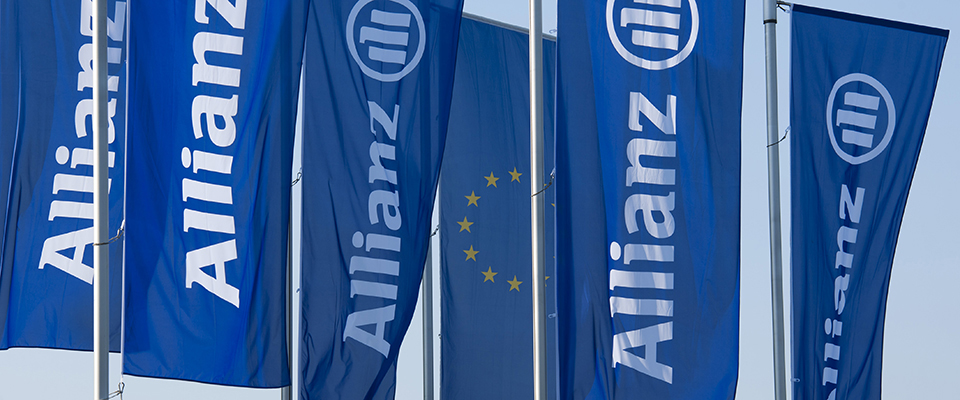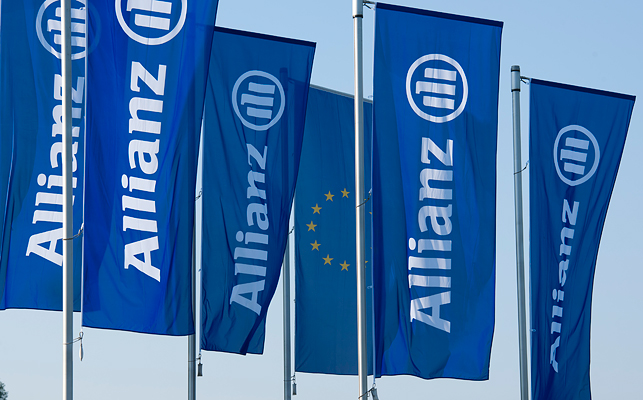The potential of offshore wind as a viable source of clean power for the energy transition is indisputable. Investment in the sector is growing rapidly around the world, the power capacity of installations is ramping up, and technological innovations are proliferating – from multi-purpose windfarms and floating installations to next-generation connectivity and drone-based maintenance. Developers and their insurers need to manage a range of risks to successfully scale offshore wind globally, among them prototypical technology, economic pressures, more extreme weather conditions, cable damage, and collision perils, as well as environmental concerns.
In its new report, A turning point for offshore wind, Allianz Commercial, as a leading insurer of renewable energy and low-carbon technology solutions, highlights growth opportunities, tech innovations, risk trends, and loss patterns for the offshore wind industry as the sector prepares for global growth.
“Offshore wind farms are highly complex projects,” says Anthony Vassallo, Global Head of Natural Resources, Allianz Commercial. “The lessons learned from past losses – which are primarily damage to cables and turbines – are essential for the industry to continue to grow sustainably. Emerging risks need to be explored, too, as developers prepare for widescale deployment of offshore wind around the globe. The size of turbines is ever increasing, wind farms are moving further out into harsher marine environments where they are more exposed to extreme weather, and technological innovation is constantly progressing. Navigating biodiversity issues in coastal communities will also become more important as demand for ocean space is set to increase fivefold by 2050.”



